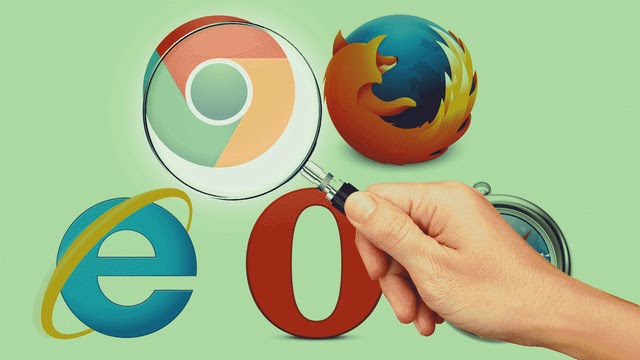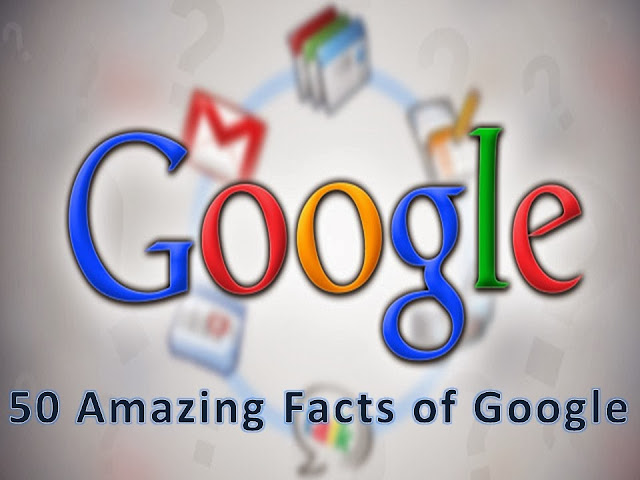
The Internet is becoming a dangerous place day-by-day and especially for those innocent web users who rely on 3rd party services. The latest bad news is that the World's largest and most widely used Google's free public DNS (Domain name system) resolvers raised security red flags yesterday.
DNS is the master address...











